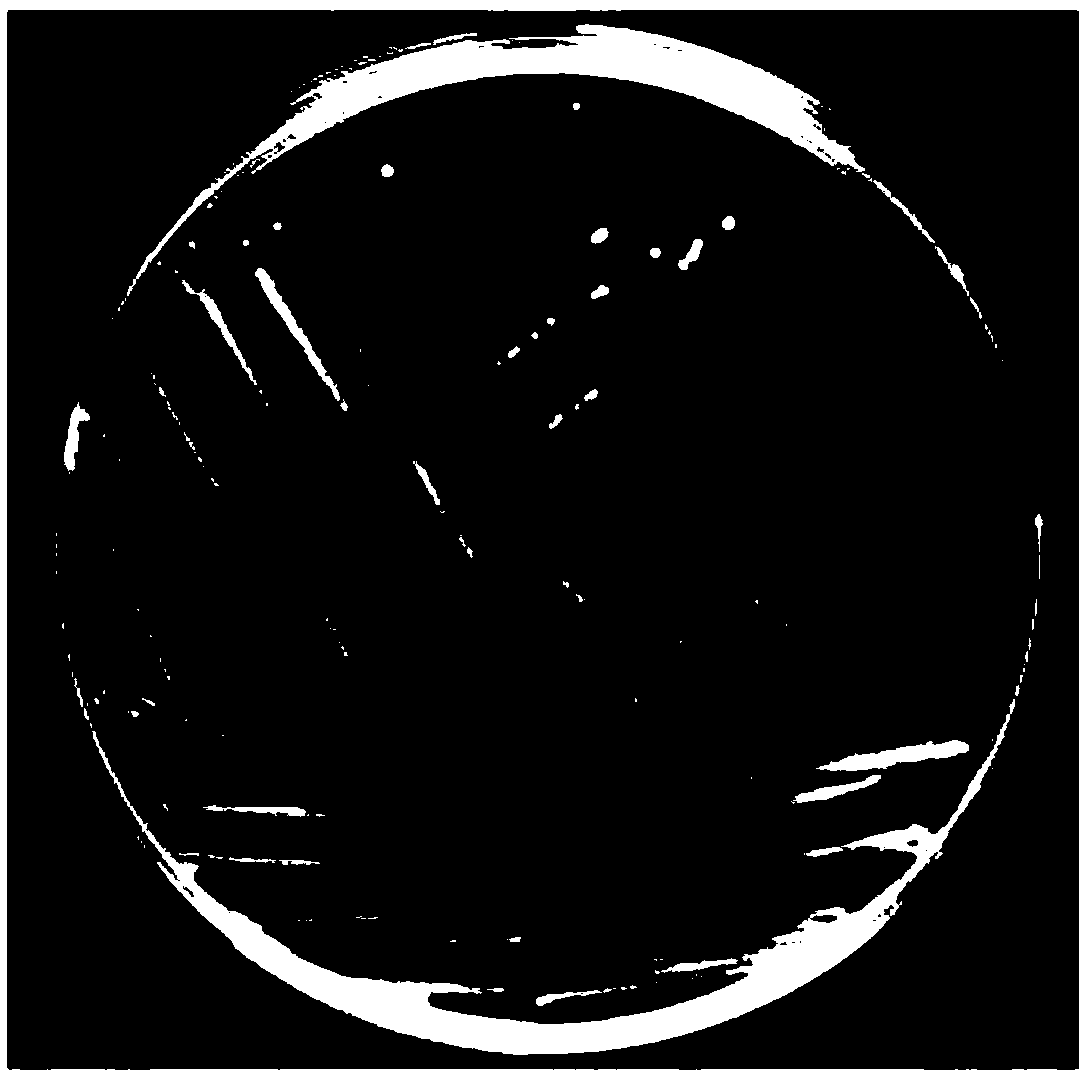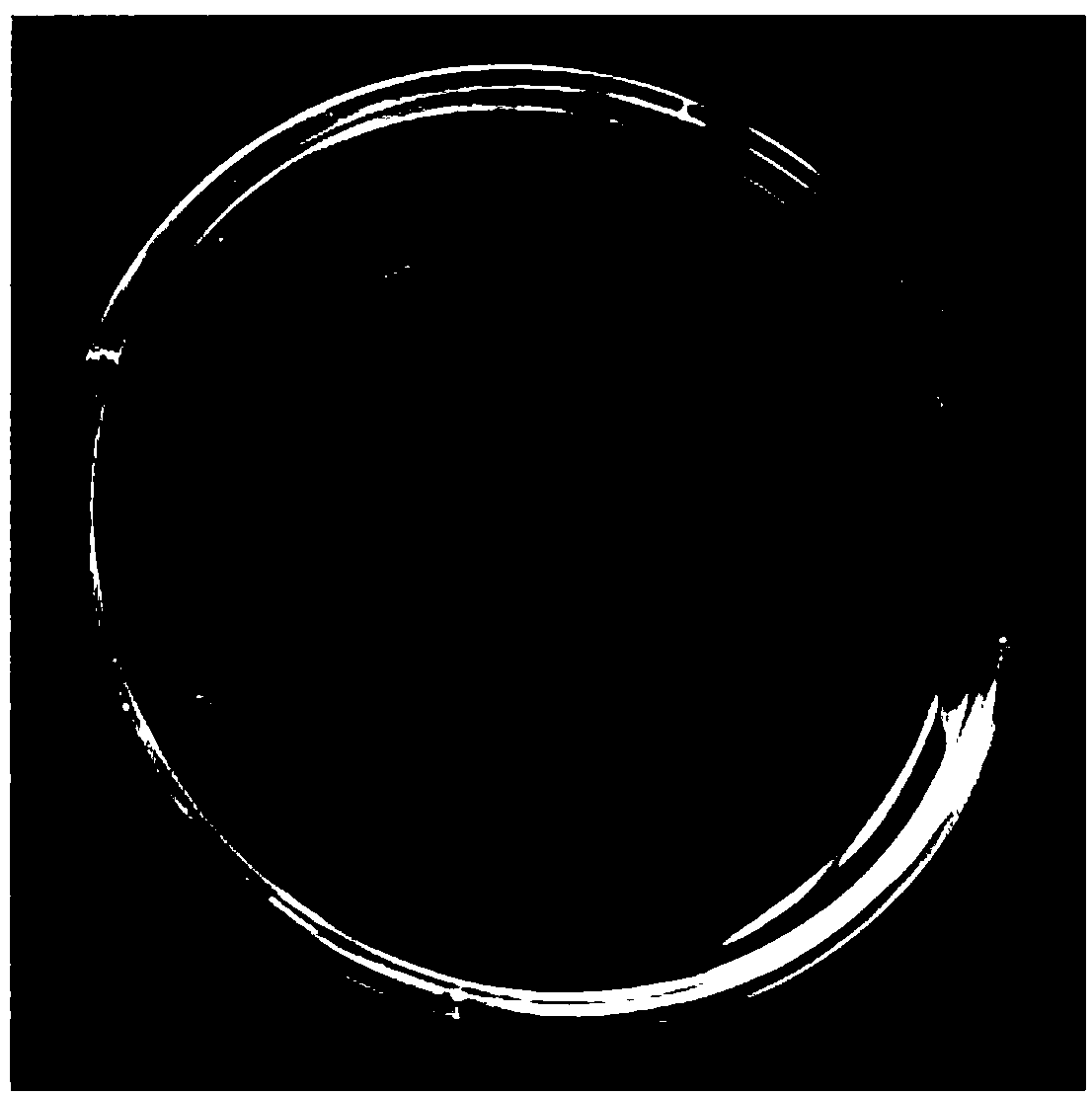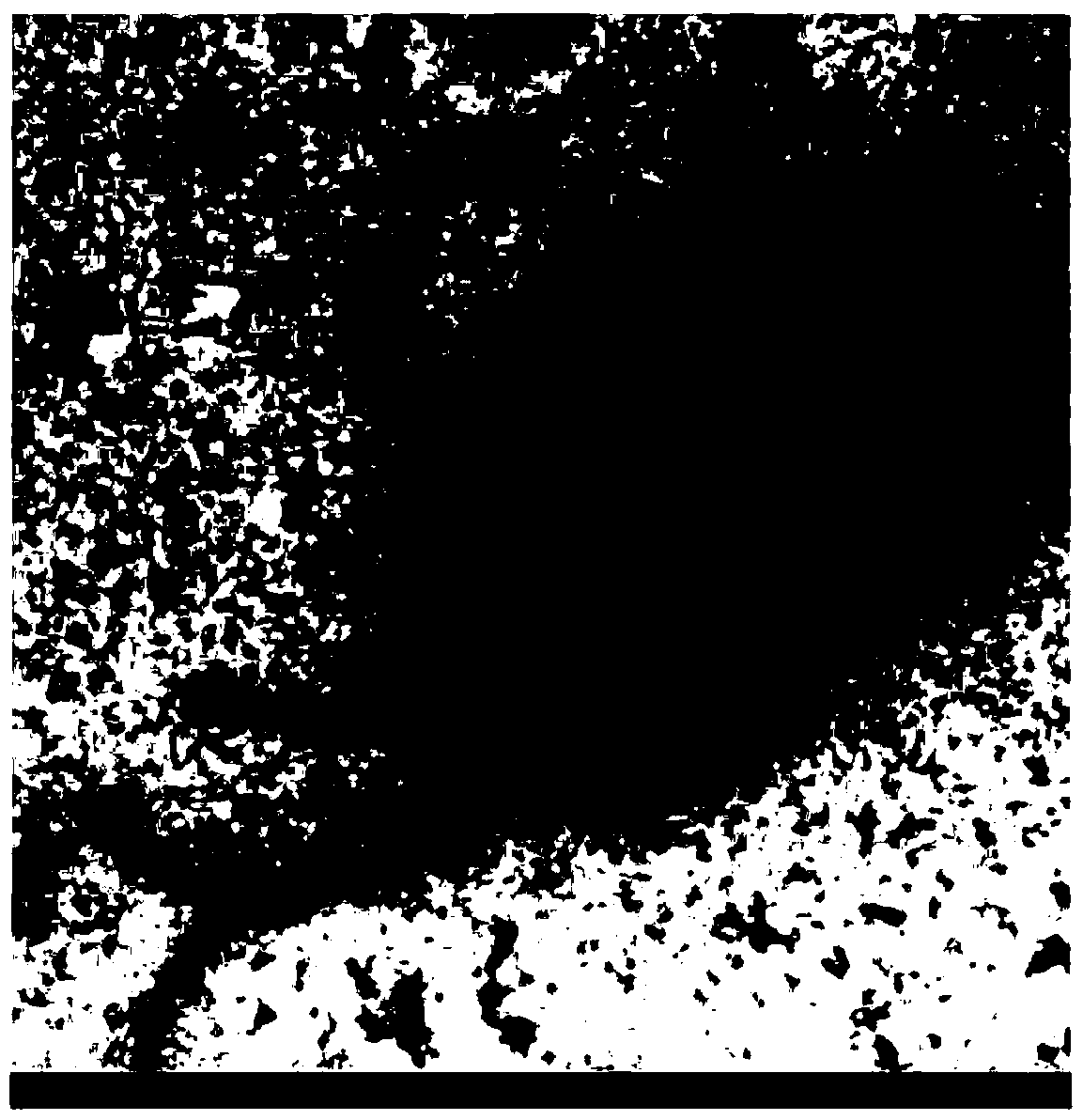Microbial population sensing signal molecule degrading bacterium and application thereof in disease prevention and control
A quorum sensing signal and microbial technology, applied in the direction of microorganism-based methods, microorganisms, microorganisms, etc., can solve the problems of acyl side chain length, saturation difference, etc., and achieve the effect of reducing pesticide abuse
- Summary
- Abstract
- Description
- Claims
- Application Information
AI Technical Summary
Problems solved by technology
Method used
Image
Examples
Embodiment 1
[0044] Example 1 Acquisition and Identification of Nitroreductor Pseudomonas Strain W-7
[0045] 1. Isolation and screening of strain W-7
[0046] (1) Soil sample collection: Sewer sewage samples collected from Guangzhou were used as microbial sources
[0047] Soil samples were collected from the sewer near South China Agricultural University in Guangzhou City, Guangdong Province on October 9, 2014. Sampling, bagging, and preservation were carried out as microbial sources and brought back to the school for strain isolation.
[0048] (2) Enrichment culture of bacterial strains: Prepare MSM medium, put 50mL of basal medium into a 250mL Erlenmeyer flask for sterilization, add AHLs mother liquor (methanol as solvent) under aseptic conditions after cooling, to make the final concentration of AHLs At the same time, 5 g of soil samples were added and cultured on a shaker at 30°C and 200 rpm for 7 days, and then transferred to the second batch of MSM medium containing 10 μM AHLs at a...
Embodiment 2
[0071] Antibiotic susceptibility analysis of embodiment 2 bacterial strain W-7
[0072] In order to better study the biocontrol potential of the bacterial strain W-7 obtained in Example 1, we conducted in-depth research on the biological characteristics of the bacterial strain W-7. The sensitivity of strain W-7 to different antibiotics was experimentally studied, as Figure 5 shown.
[0073] The experimental results show that the strain W-7 has a resistance of more than 400 μg / mL to ampicillin, a resistance of 200 μg / mL to gentamicin, streptomycin and chloramphenicol, and a resistance of 10 μg to tetracycline. / mL. This result is helpful for selecting appropriate antibiotics as a reference in follow-up studies.
Embodiment 3
[0074] Degradability determination of embodiment 3 bacterial strain W-7 to OdDHL
[0075] 1. Strain cultivation and sample collection: Streak the strain W-7 on the LB solid medium plate and cultivate overnight at 30°C. Pick a single colony and culture overnight with LB liquid medium to obtain a bacterial liquid. Take 1 OD 600 Inoculate 1 mL of MSM inorganic salt medium with OdDHL as the sole carbon source, and the final concentration of OdDHL in MSM inorganic salt medium is 80 μM. The reaction mixture was placed in a 2 mL centrifuge tube, and the centrifuge tube was incubated at 30° C. and 200 rpm for 24 h. After 24 hours, take 5 μL of the reaction mixture and spot the sample on the top of the agar strip, and then spot the bacterial solution of the reporter strain (Agrobacterium tumefaciens NT1) below. Then place the culture dish with the reaction mixture and the reporter strain in a 28°C incubator, and observe the experimental results after culturing for 24 hours. Wherein...
PUM
 Login to View More
Login to View More Abstract
Description
Claims
Application Information
 Login to View More
Login to View More - R&D
- Intellectual Property
- Life Sciences
- Materials
- Tech Scout
- Unparalleled Data Quality
- Higher Quality Content
- 60% Fewer Hallucinations
Browse by: Latest US Patents, China's latest patents, Technical Efficacy Thesaurus, Application Domain, Technology Topic, Popular Technical Reports.
© 2025 PatSnap. All rights reserved.Legal|Privacy policy|Modern Slavery Act Transparency Statement|Sitemap|About US| Contact US: help@patsnap.com



